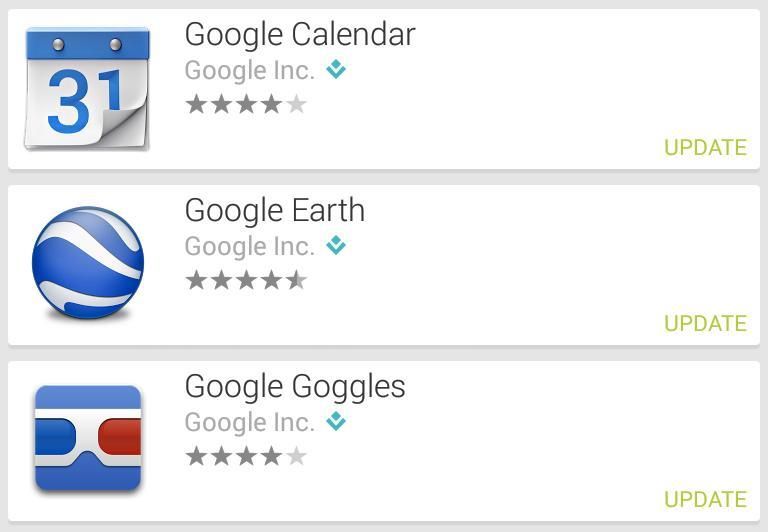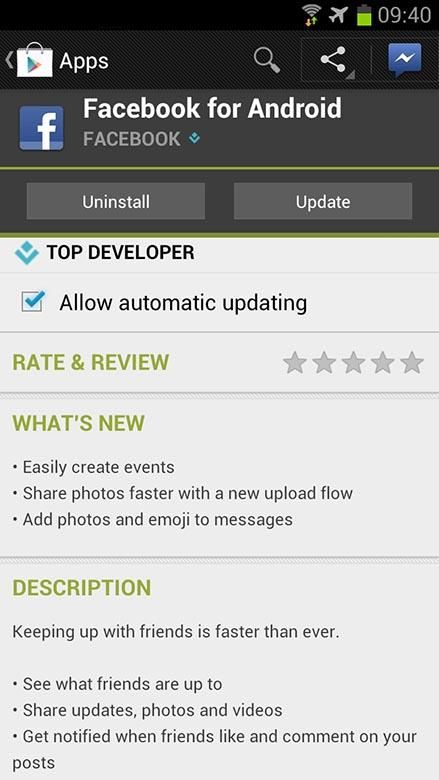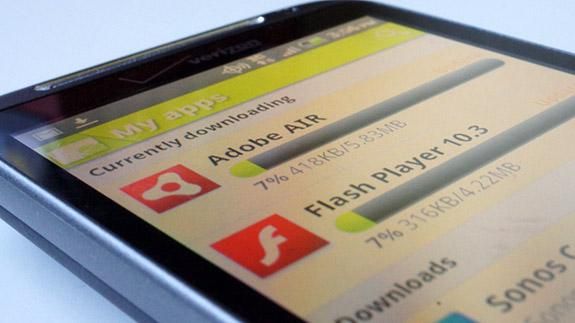You love your smartphone. You keep it well-protected, charged, and within an arm’s reach of you throughout the day. And why wouldn’t you? In recent years it’s become your conduit to the world, keeping you in touch with friends and family, helping you navigate work, and providing a break when you need to get rid of a little stress. Liking your phone as much as you do, you keep on top of all the latest updates – sure, that means the major (and minor) system updates, keeping the platform at its freshest, securest, and most feature-packed, but also updates to the dozens of apps that no doubt populate your phone.
And things are fine… for a while. Then sooner or later, after you authorize the latest round of app updates you’ve been notified about, something goes wrong. “Wait, this app seems much worse all of a sudden. That ‘update’ feels like more of a downgrade.”
Maybe you learn to live with the changes, and forget about whatever features were removed, or what UI elements were changed for the worse. But after putting up with this crap far too often, I’ve found myself taking a different route: over the course of this past summer, I’ve noticed my default behavior shifting from “keep my apps up to date” to “don’t update any app unless there’s a good reason to.”
Why have I found myself drawn into this rather unfortunate situation? Let’s start by taking a look at how we got here, with how updates went wrong.
The rising popularity of the internet marked a massive change in how software was updated, going back twenty years now. Where distributing updates was once a laborious, expensive process, since it relied upon getting new physical media out there, suddenly developers could make updates available to their users at the touch of a button. While this worked well in many cases, it also created the phenomenon wherein all manner of corners were cut to simply get a program out the door in the first place, with the expectation that any problems could be later addressed via update.
To the industry’s credit, I think things have gotten a lot better since then when it comes to initial quality, but the incredible ease at which updates can go out has given rise to another problem: the pressure to keep updates coming.
Nowadays, this stream of updates can sometimes be less about bugfixes than it is about “adding value” via new features, interface tweaks, or other tiny changes of little consequence. That’s led to the nasty situation where if you aren’t delivering updates all the time, your app doesn’t come off as “stable” or “complete,” but like a project that’s not getting the dev’s full attention.
So the updates keep coming, whether they’re really needed or not. Sometimes, that can be great – if a developer has the proper focus and vision for his or her app, maybe a gradual series of new features really is the best way to go – but it only takes a few cases where that’s not true to make me wary of updates altogether.
As an Android user, I take advantage of a number of Google apps, and I’m sad to say that Google is probably the worst offender at pushing updates I just don’t want. I started becoming acutely aware of this a few months back, when the update to Maps threatened to strip the terrain view mode I used so often – I haven’t updated Maps since.
Just last week, Google delivered an update for Wallet that had some interesting features, like support for loyalty cards. As I was posting news about that update, I felt compelled to download it and see for myself, despite my reservations. How bad could it really be?
It’s SO bad. The new UI for PIN entry is awful – it regularly misses at least one tap, where the old app never did. The app hangs when struggling to connect to Google’s servers, despite such connectivity being wholly unnecessary for the app to function. Maybe the worst part is that it’s now been Google+ified, and the top of the app’s main screen – apparently from here on out – is going to be wasted by an empty silhouette for the Google account I’m never going to activate on Google+, nor upload a picture of myself to. Why can’t I simply dismiss this unwanted social component from a purely financial app?
I used to be one of Wallet’s biggest fans, telling everyone about it and using it myself whenever possible, making multiple NFC purchases a week. I have literally stopped buying stuff with it altogether since installing this update; it’s just not very nice to use anymore.
But you know, my mobile app update problem would be over in a second if we had just one thing: an ability to install historical versions of apps.
If I don’t like the new Google Wallet, let me bounce back to the previous version. Sure, if there’s some compelling reason to force changes on your users – some big security hole, for instance – then require that update. But keep the essential stuff separate from the fluff, so users learn to trust you, and not feel like they’re being forced to accept “improvements” they didn’t ask for.
I love you, oldversion.com
Back in the day, this was common for software – developers would keep previous release available for download, maybe if newer updates were too demanding for a user’s older machine, or themselves introduced unexpected bugs. But now, this move to centralized app stores – and the shift in control that came with it – has nearly obliterated the ability for developers to manage app distribution themselves, including offering older versions.
Failing full-on access to older builds of software, what about a preview mode? Screenshots don’t always cut it, so let users experiment with the new version of an app in a sandbox before overwriting the previous version.
Instead, the way we have it now is more akin to a clothing store that lets you look at pictures of garments before you buy, but won’t let you actually try anything on, doesn’t offer refunds, and insists you hand-in the clothes you’re currently wearing when you buy new ones. It’s madness.
Sadly, when it comes down to it, this is an issue of trust – or lack thereof. I’ve been burned too many times to have faith that the majority of app updates will be appealing and beneficial, and as a result, everyone suffers. It takes me longer to actually get to enjoy the fruits of a developer’s efforts, if I ever do come around to installing an update, and the developer loses the ability to effectively promote new features, if users are too scared to update to the latest builds.
This doesn’t have to be a problem at all, but until the companies behind the app stores start acknowledging it, it very much will continue to remain one.




